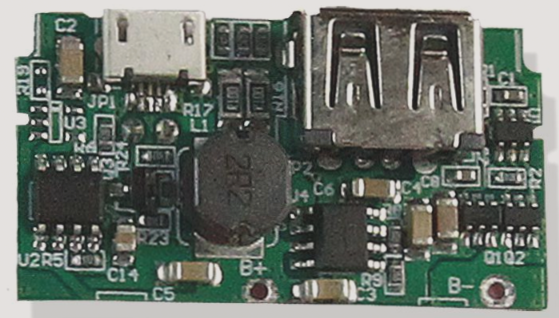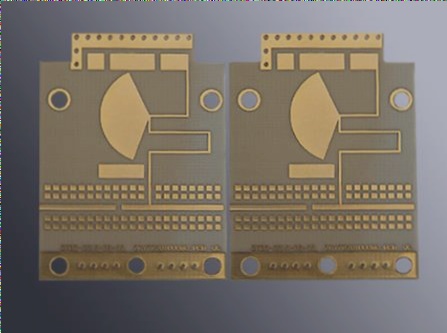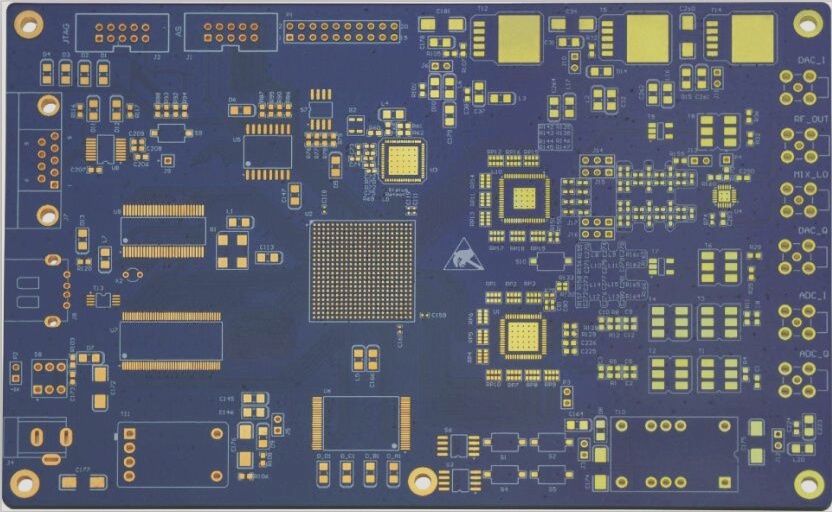Factors Affecting the Quality of PCB Ink:
-
Viscosity:
Viscosity, also known as dynamic viscosity, measures the fluidity of PCB ink under external forces. It is crucial for the ink’s performance.
-
Plasticity:
Plasticity refers to the ink’s ability to maintain its properties after deformation, enhancing printing accuracy.
-
Thixotropic Behavior:
PCB ink exhibits gel-like properties at rest but changes viscosity when agitated, known as thixotropy.
-
Fluidity:
Fluidity describes how the ink spreads under external forces and is influenced by viscosity, plasticity, and thixotropy.
-
Viscoelasticity:
Viscoelasticity refers to the ink’s ability to quickly rebound after shearing, crucial for optimal printing results.
-
Dryness:
PCB ink should dry slowly on the screen for accurate printing but quickly on the substrate.
-
Fineness:
Fineness indicates the size of pigment particles in the ink, affecting smooth application and print quality.
-
Wire Drawing:
Wire drawing measures the ink’s tendency to stretch into threads without breaking, impacting printing quality.
-
Transparency and Hiding Power:
PCB inks vary in transparency and hiding power based on their application requirements.
-
Chemical Resistance:
Inks must meet strict standards for resistance to acids, alkalis, and solvents for specific applications.
-
Physical Resistance:
PCB inks should resist scratches, thermal shock, and peeling while meeting electrical performance criteria.
-
Safety and Environmental Protection:
PCB inks should be non-toxic, odorless, and environmentally friendly to ensure safety and compliance.




